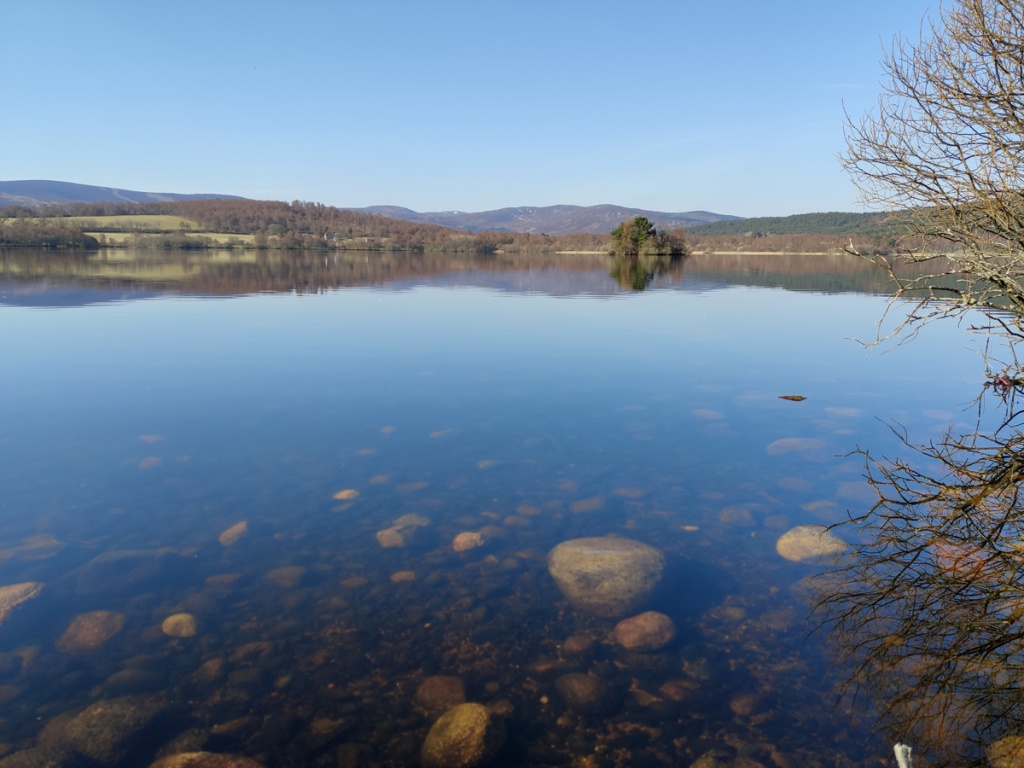
Research Context
The British Birds in the Anthropocene research project is about birders in Britain, particularly those who regularly watch a local patch. I am interested in how birders perceive environmental changes when they visit the same area over a long period of time. These changes are the sorts of ecological and climatic changes associated with ‘the Anthropocene’: the idea that the Earth is now in a new geological epoch in which humans are the driving force.
Research Aims
People who search for birds regularly in the same place will often notice ecological changes at an early stage and in depth. The research aims to understand how these changes are perceived, interpreted, and responded to by patch birders. I am also interested in how these practices shape patch birders’ sense of self and their relations with the places they live and go birding in. This is part of my wider interest in human-bird relations and environmental change. Other themes that are important are how patch birding helps with well-being and how it is influenced by ‘low carbon birding’, which has less a less negative environmental impact than birding that involves longer-distance travel.
Research Participation
I am looking for participants! Are you a local patch birder? You can be any age and you don’t need to have been watching your patch for any specific length of time. The research is mainly focused on the UK but if you live in another part of the world, it may also be possible to include you in the research. If you would like to participate, complete the form in the ‘Contact’ page or email me using a.whitehouse[at]abdn.ac.uk
To assist with selecting participants, I will ask anyone interested to complete a short online survey. This will ask some questions about you, including about your birding. If you agree to participate in the research and are selected by me to be included, this will involve being interviewed. Since the research is focused on patch birding, my preference is to conduct the interview while visiting your patch. This will help to understand the patch and your relationship to it more fully and effectively. It is expected that these visits could take around two hours, but this is flexible, depending on your schedule and how long you normally take to visit your patch. If it is not possible to interview you at your patch, the interview will either be conducted at your home or online.
During the interview, you will be asked about various aspects of birding your patch, including why you choose to go birding there, what you like about it, how the birds and ecology of the site have changed, and how those changes make you think about wider environmental issues. You may also be asked more specific questions about particular kinds of birding, ecological changes, or species. Your participation will give you an opportunity to talk about places and activities that are important to you and will help contribute to a better understanding of birding, the role it plays in people’s lives, and the ways it can contribute to our knowledge of environmental change.
The project will begin in 2024 and is expected to continue for several years. If you aren’t able to participate at the moment, you may be able to do so in the future.
Specialist Birding
As well as investigating patch birding more generally, there are some specialist aspects birding that will also be explored. These include the following:
- Nocturnal migration recording (nocmig)
- Seawatching
- Breeding bird surveys
- Use of thermal imaging equipment to look for cryptic species
- Finding vagrants and monitoring migration
If you conduct any of these activities, I would be particularly interested in speaking to you.
